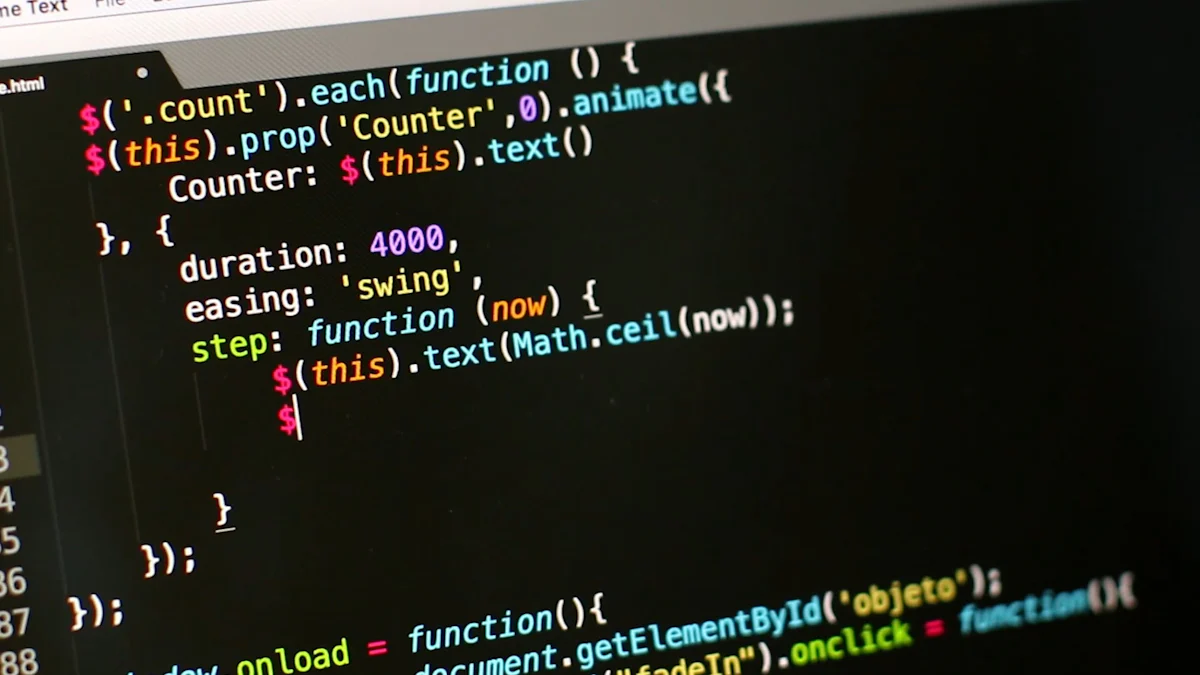
Welcome to the guide on installing Phi-3 Vision locally. Phi-3 Vision, a state-of-the-art open multimodal model (opens new window), is designed for devices with lower processing power and excels in recognizing objects in images (opens new window). By following these steps, you can bring advanced language processing capabilities (opens new window) to your local setup. This guide will walk you through the process of setting up Phi-3 Vision on your system, enabling you to leverage its 4.2 billion parameters (opens new window) for visual reasoning tasks efficiently.
# Preparing for Installation (opens new window)
When gearing up to install Phi-3 Vision locally, it's crucial to ensure your system meets the necessary System Requirements. Let's delve into the specifics:
# System Requirements
# Hardware Specifications
To kick off, your hardware should align with the demands of Phi-3 Vision. The model is optimized for devices with lower processing power, making it ideal for smartphones and laptops. With a focus on very high-quality, reasoning-dense data in both text and vision domains, Phi-3 Vision requires hardware that can support its 4.2 billion parameters (opens new window) effectively.
# Software Prerequisites
In addition to suitable hardware, having the right software prerequisites is essential for a seamless installation experience. Phi-3 Vision is designed to excel in recognizing objects in images by leveraging synthetic data and filtered publicly available websites. It underwent rigorous enhancement processes (opens new window) like supervised fine-tuning and direct preference optimization to ensure precise instruction adherence and robust safety measures.
# Downloading Necessary Files
# Phi-3 Vision Package
The first step towards installing Phi-3 Vision involves obtaining the necessary files. The Phi-3 model family boasts a multimodal version with an impressive 128K context length in tokens that it can support. This lightweight yet powerful model is built upon datasets that include synthetic data and filtered publicly available websites.
# Supporting Libraries
To complement the Phi-3 Vision package, supporting libraries play a crucial role in enhancing its functionality. These libraries contribute to the overall performance of the model when analyzing visual data from charts or photos. With its emphasis on object recognition (opens new window) within images, Phi-3 Vision stands out as a valuable tool for information extraction tasks.
# Installation Steps
# Setting Up the Environment
To begin the installation process, Creating a Virtual Environment (opens new window) is essential for isolating the dependencies (opens new window) required by Phi-3 Vision (opens new window). This step ensures that the installation does not interfere with existing system configurations, providing a clean environment for seamless operation. By setting up a virtual environment, you can manage and control the software packages specific to Phi-3 Vision, optimizing its performance.
Next, proceed with Installing Dependencies to equip your virtual environment with the necessary components for running Phi-3 Vision effectively. These dependencies include libraries and tools that support the model's functionalities, enhancing its capabilities in analyzing visual data efficiently. By installing these dependencies, you ensure that Phi-3 Vision operates smoothly within your customized environment.
# Install Phi-3 Vision
With the environment set up and dependencies in place, it's time to install Phi-3 Vision on your system. Begin by Running the Installer, which will guide you through the installation process step by step. The installer simplifies the setup procedure, making it accessible even for users with limited technical expertise.
After completing the installation, it is crucial to Verify the Installation to confirm that Phi-3 Vision has been successfully installed and is ready for use. This verification step ensures that all components are correctly configured and operational, allowing you to leverage the full potential of this advanced language processing model locally.
# Post-Installation Tasks
Upon completing the installation of Phi-3 Vision on your system, it's time to focus on the essential post-installation tasks that will optimize your experience and ensure smooth operations.
# Configuration (opens new window)
Begin by Adjusting Settings to tailor Phi-3 Vision to your specific requirements. Fine-tuning the settings allows you to customize the model's behavior according to your preferences. By adjusting parameters related to object recognition and visual reasoning, you can enhance the accuracy and efficiency of Phi-3 Vision in processing images effectively.
After configuring the settings, it is crucial to Testing (opens new window) the Setup thoroughly. Running test scenarios enables you to validate the functionality of Phi-3 Vision and identify any potential issues or areas for improvement. By conducting comprehensive tests across various image datasets, you can ensure that the model performs optimally and delivers accurate results consistently.
# Maintenance
To maintain peak performance, regular updates are essential for keeping Phi-3 Vision up-to-date with the latest enhancements and improvements. Regular Updates not only introduce new features but also address any existing bugs or vulnerabilities, ensuring a secure and efficient operation of the model. By staying current with updates, you can leverage the full potential of Phi-3 Vision for your visual reasoning tasks.
In case you encounter any challenges during operation, effective troubleshooting (opens new window) strategies are vital for resolving issues promptly. Troubleshooting involves identifying and addressing any technical difficulties that may arise while using Phi-3 Vision. By following systematic troubleshooting steps and leveraging online resources, you can overcome obstacles efficiently and minimize downtime in your workflow.
By focusing on configuration adjustments, thorough testing, regular updates, and effective troubleshooting techniques, you can maximize the benefits of using Phi-3 Vision locally for your visual reasoning tasks.
Installing Phi-3 Vision locally offers significant advantages in visual reasoning tasks, leveraging its 4.2 billion parameters (opens new window) for precise object recognition and image analysis.
By following the outlined steps meticulously, you can seamlessly set up Phi-3 Vision on your system, enhancing your local processing capabilities efficiently.
We encourage you to embark on this installation journey to unlock the full potential of Phi-3 Vision for diverse applications across industries.